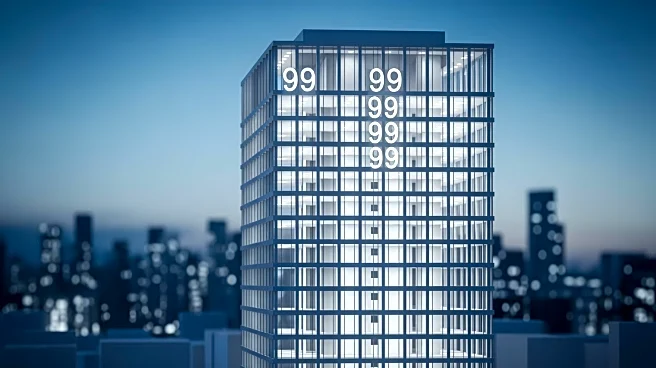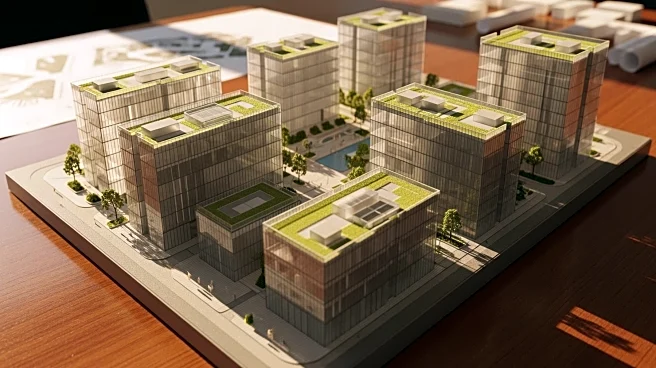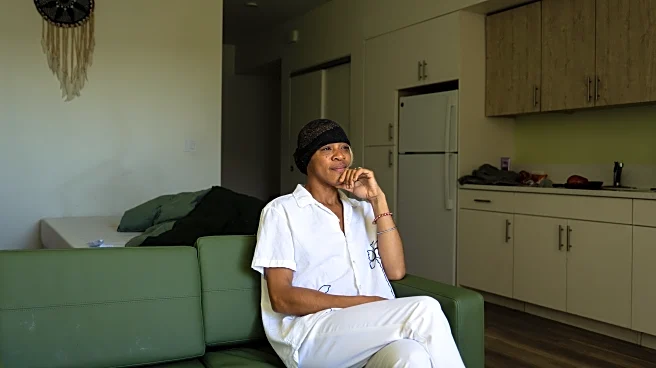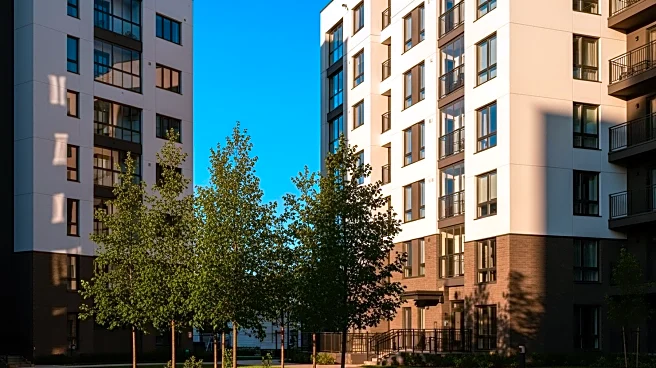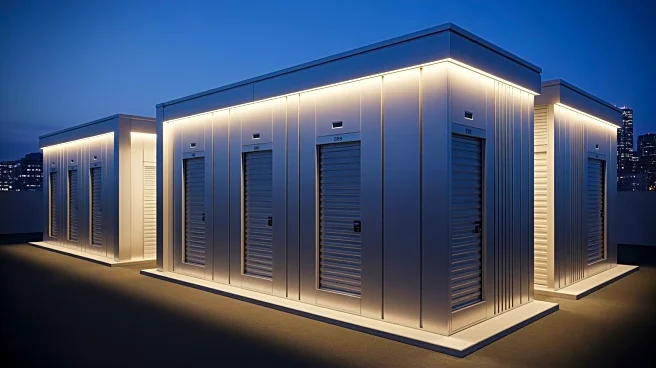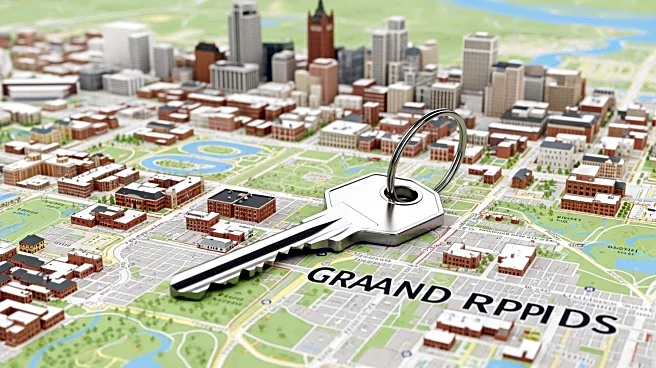What's Happening?
New York City developers are increasingly filing applications for residential buildings with exactly 99 units, driven by a new tax program, 485-x. This program imposes higher labor costs for buildings with 100
or more units, incentivizing smaller-scale developments. The trend reflects challenges in addressing the city's housing crisis, as larger developments are needed to meet demand. The 485-x program aims to ensure fair wages but may inadvertently limit large-scale housing projects.
Why It's Important?
The shift towards smaller developments could exacerbate New York City's housing shortage, impacting affordability and availability. The 485-x program's unintended consequences highlight the complexities of policy-making in urban development. Stakeholders must balance fair labor practices with the need for large-scale housing solutions. The trend may influence future legislative decisions and urban planning strategies.
What's Next?
Policymakers may need to reassess the 485-x program to encourage larger developments while maintaining fair labor standards. Developers could explore alternative financing and construction methods to overcome cost barriers. The city may consider additional incentives to promote large-scale housing projects, addressing the growing demand for affordable housing.
Beyond the Headlines
The situation underscores the broader challenges of urban policy-making, where well-intentioned programs can have unintended negative impacts. It raises questions about the balance between labor rights and housing needs, prompting discussions on innovative solutions to urban development challenges.
